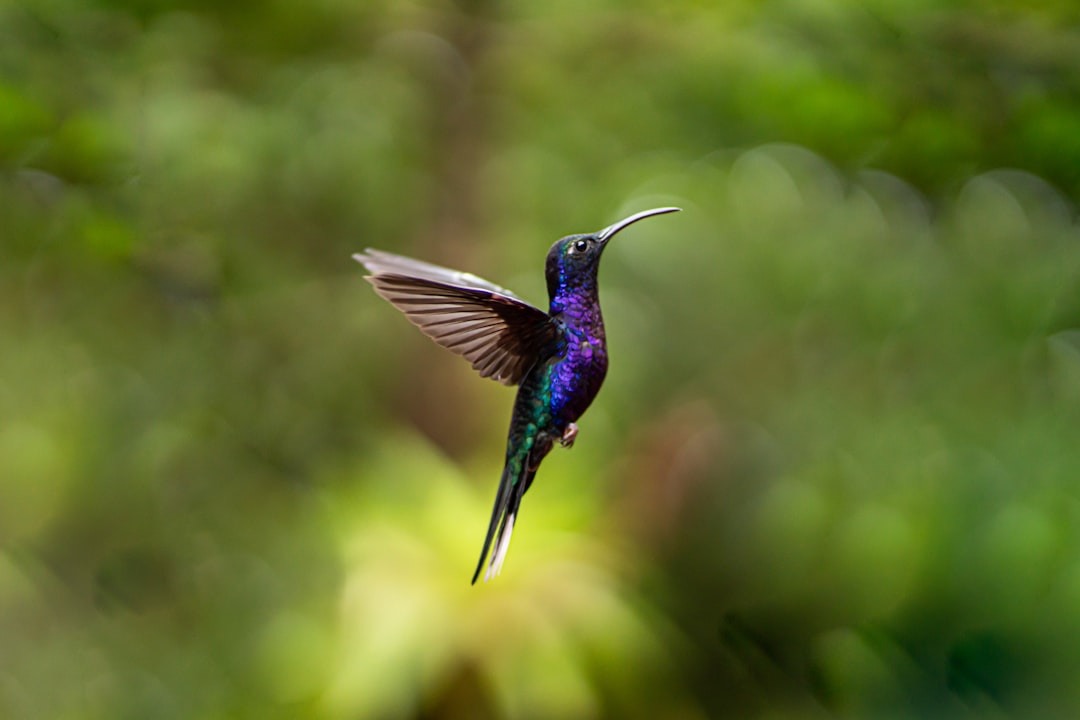The deep sea is a mysterious and elusive world, shrouded in darkness and teeming with a vast array of strange and mesmerizing creatures. The creatures that inhabit the abyssal depths are an enigmatic mix of unique adaptations and evolutionary marvels that have evolved to thrive in one of the most inhospitable environments on Earth.
Exploring the deep sea is like delving into an alien landscape, where the pressures are crushing, the temperatures freezing, and the food sources scarce. Yet, despite these extreme conditions, life thrives in the abyss, with an abundance of organisms that have evolved to survive and thrive in this harsh environment.
One of the most intriguing creatures of the deep sea is the anglerfish, a bizarre-looking fish that is renowned for its glowing lure. The anglerfish uses this bioluminescent lure to attract prey in the dark depths, using its sharp teeth to grasp and devour unsuspecting animals that come too close. This adaptation allows the anglerfish to effectively hunt in the darkness where visibility is limited, making it a formidable predator in the deep sea ecosystem.
Another fascinating creature of the abyss is the gulper eel, a deep-sea fish that has a unique ability to swallow prey much larger than itself. The gulper eel has an oversized mouth and expandable stomach that enables it to swallow prey whole, making it a highly efficient predator in the deep sea. Despite its intimidating appearance, the gulper eel is a relatively passive and unaggressive creature that spends much of its time drifting in search of food.
The vampire squid is another intriguing denizen of the deep sea, with its red eyes and webbed arms that give it a vampire-like appearance. Despite its ominous name, the vampire squid is actually a gentle filter feeder that consumes marine snow and other small particles in the water. The vampire squid is also known for its unique ability to invert its webbed arms to form a protective cloak around itself, a defensive mechanism that helps it evade predators and survive in the deep sea.
The giant isopod is a crustacean that is found in the deep sea and resembles a large pill bug or woodlouse. The giant isopod has a robust exoskeleton that provides protection from predators and allows it to withstand the extreme pressures of the abyssal depths. Giant isopods are scavengers that feed on the decaying remains of dead animals that sink to the seafloor, making them important contributors to the deep-sea ecosystem.
The deep sea is also home to a wide variety of jellyfish species, including the appropriately named comb jellyfish. These gelatinous creatures have bioluminescent properties that allow them to produce a dazzling display of light in the dark depths, attracting prey and communicating with other members of their species. Comb jellyfish are graceful and mesmerizing creatures that drift through the water with their tentacles trailing behind them, capturing small organisms and plankton with their sticky cells.
One of the most enigmatic creatures of the deep sea is the giant squid, a massive cephalopod that can reach lengths of over 40 feet. Giant squids are elusive and rarely seen by humans, with much of their behavior and biology remaining a mystery. These deep-sea predators have powerful tentacles equipped with suckers and sharp hooks that allow them to capture and subdue prey, including fish and other squid species. Giant squids are thought to inhabit the deepest parts of the ocean, where they navigate the darkness using their keen senses and formidable hunting abilities.
The deep sea is a treasure trove of unique and fascinating creatures that have evolved to survive in one of the most extreme environments on Earth. From the bizarre anglerfish to the graceful comb jellyfish, each organism in the abyssal depths plays a crucial role in the complex web of life that exists in the deep sea.
Exploring the deep sea and uncovering the secrets of its inhabitants is a daunting and challenging task, but one that promises to yield valuable insights into the diversity and adaptability of life on our planet. By studying and understanding the creatures of the abyss, we can gain a greater appreciation for the resilience and ingenuity of these remarkable organisms and the delicate balance that exists in the deep sea ecosystem.
As technology advances and our knowledge of the deep sea expands, we can look forward to more exciting discoveries and revelations about the mysterious and awe-inspiring creatures that inhabit the darkest and most remote corners of our planet. The deep sea remains a frontier waiting to be explored, with countless wonders and surprises waiting to be revealed to those brave enough to venture into its depths.


